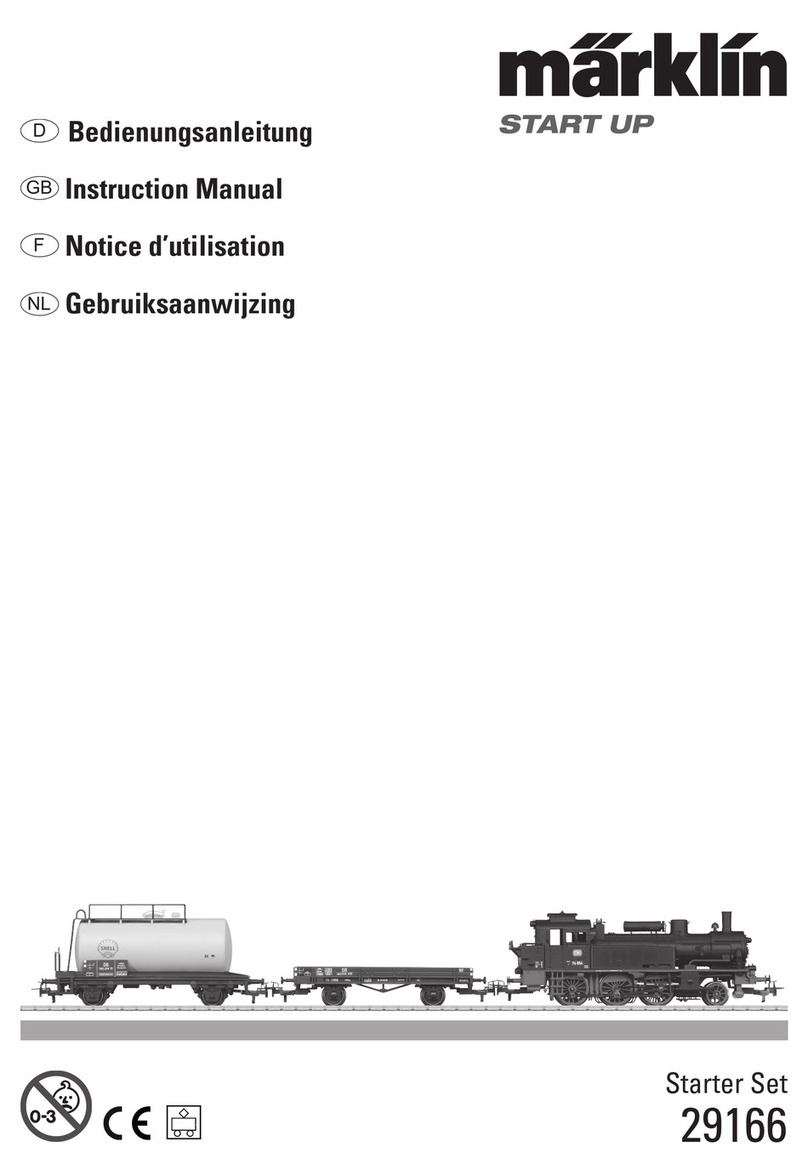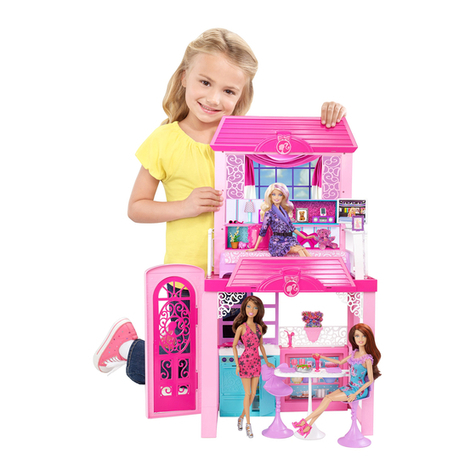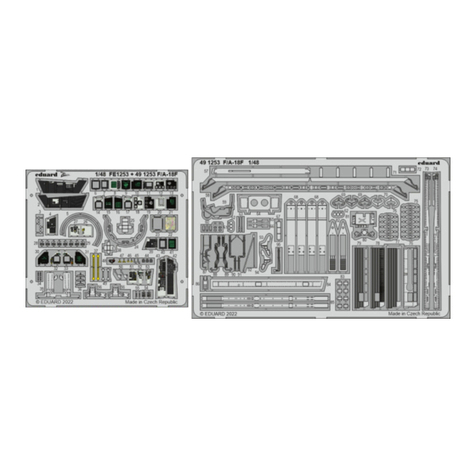Firmtech FBS100BC User manual

FBS100BC Quick Guide
(Toy Car Test Board)

Category
Toy Car control using FBS100BC
Practice to utilize 7 bits of the PIOs [PIO6-PIO0] as output
Front Motor
PIO 0 Output
PIO 6 Output
PIO 1 Output
PIO 2 Output
PIO 3 Output
PIO 5 Output
PIO 4 Output
Rear Motor
Rear LED
Front LED
Melody IC

SmartPhone
Toy Car Test Board
Before getting started Components for this practice are as shown in the picture below.
It is configured as a test board so that it can be freely
mounted and removed with no soldering process in
order to allow users to conveniently practice control
of the toy carsors connected to the FBS100BC.
A smartphone that has the installed
Firmtech App (Android)
Please download the Firmtech app from our
company’s homepage and install it yourself.
(Name of the file to be downloaded :
FBS100BC_start.apk)

Chapter 1
Car Test Board Overview

It is configured as a test board so that it can be freely mounted and removed with no soldering process in order to
allow users to conveniently practice control of the toy carsors connected to the FBS100BC.
1. Toy Car Board - Photos showing the FBS100BC before and after mounting
Photos showing the FBS100BC
before mounting
Photos showing the FBS100BC
after mounting

①
②③④
⑥
⑦⑧
⑤
⑨
⑩
⑫
⑬
⑪
2. Toy Car Board - Hardware layout drawing and description of functions
No
Type
Description
①
USB Connector
It is used for power supply (5V).
②
Status LED
Shows the operating status of the FBS100BC.
③
Power LED
Show the status of the power supplied to the
board.
④
Regulator
Converts 5V (USB input power) to 3.3V
(main power)
⑤
Front Motor
Connected to the front motor of the car
⑥
Rear Motor
Connected to the rear motor of the car.
⑦
Front motor
Driving circuit
It is the front motor driving circuit using TRs.
⑧
Front motor
Driving circuit
It is the front motor driving circuit using TRs.
⑨
Melody IC
This is the Melody IC played when the car moves
In reverse
⑩
Piezo-electric
Speaker
This is used to amplify the sound source
generated from the melody IC.
⑪
Power ON/OFF
Switch
This is the on/off switch for power supplied to
the main board.
⑫
Reset Switch
It is the reset switch for FBS100BC.
⑬
Car driving
Status signals
The forward movement LED signal is generated
Whe the car moves forward and the brake LED
Signal is generated when the moving in reverse.

3. Toy Car Board - PIO pin settings for FBS100BC
②
①
Front Motor
③
PIO 0 Output
PIO 6 Output
PIO 1 Output
PIO 2 Output
PIO 3 Output
PIO 5 Output
PIO 4 Output
①
①
②
③
③
④
⑦
⑧
⑨
⑤
④
④
②
⑤
⑤
Rear Motor
Rear LED
Front LED
Melody IC
PIO 7 Output
Optional function
⑧
⑨
⑧
⑨
⑦
⑦
⑦
⑦
AIO 0 Input
AIO 1 Input
EL-7L
ST-7L
Infrared
emitting circuit
⑦EL-7L
ST-7L
⑦
⑧⑨
Front wall
sensing result
Rear wall
sensing result

4. Toy Car Board - Detail hardware configuration (Basic configuration)
PIO 0 Output Left motor
driving circuit
PIO 6 Output
PIO 1 Output
PIO 2 Output
PIO 3 Output
PIO 5 Output
PIO 4 Output
Right motor
driving circuit
backward
movement LED
driving circuit,
Forward movement
LED driving circuit,
Melody IC
Driving circuit

ADC 1 Input
PIO 7 Output emitting circuit of the
infrared sensor
ADC 0 Input
Infrared sensor photo-
sensing circuit (front
wall sensing result )
5. Toy Car Board - Detail hardware configuration (Option)
PIO 7 Output
ADC 0 Input
Circuit diagram for the front obstacle (wall, etc.) detection sensor
EL-7L
ST-7L
(Light emitting part) (light receiving part)
PIO 7 Output
ADC 1 Input
Circuit diagram for the rear obstacle (wall, etc.) detection sensor
EL-7L
ST-7L
Options –Circuits for the front and rear obstacle surveillance sensor have to be ordered separately.
Infrared sensor photo-
sensing circuit (Rear
wall sensing result )
(Light emitting part) (light receiving part)

6. Toy Car Test Board - Schematic (Car body)

7. Toy Car Board - Schematic (Front and rear obstacle detection sensor)

Chapter 2
Toy Car Board Control Practice

This is a practice to learn how to use all 7 bits of PIO6-PIO0 as output. In this practice users can control the car connected
to the output of the FBS100BC by moving the smartphone. (See the picture below.)
1. What is the Toy Car Control Practice?
Front Motor
PIO 0 Output
PIO 6 Output
PIO 1 Output
PIO 2 Output
PIO 3 Output
PIO 5 Output
PIO 4 Output
Rear Motor
Rear LED
Front LED
Melody IC
Users can practice after running the Firmtech App.

Understanding of the DC motor driving
circuit during the car’s right turn
Understanding of the DC motor driving
circuit during the car’s left turn
Four TRs are used to allow control of the DC motor’s rotation and reverse rotation.
When the car turns right, TR①and TR④are powered, which makes the DC motor
driving current flow.
High
Four TRs are used to allow control of the DC motor’s rotation and reverse rotation.
When the car turns left, TR②and TR③are powered, which makes the DC motor
driving current flow.
Front wheel’s moving direction after left turn command
2. Outline of the control practice for the DC motor
Front DC
Motor
(1) Outline of the control practice for the front DC motor (for left turn, right turn)
Front wheel’s moving direction after Right turn command

Understanding of DC motor driving
circuit when the car moves forward
Understanding of DC motor driving
circuit when the car moves reverse
Rear wheels’ moving direction after reverse movement command
Rear DC
Motor
2. Outline of the control practice for the DC motor
(2) Outline of the control practice for the rear DC motor (for forward and reverse movement)
Rear wheels’ moving direction after forward movement command
Four TRs are used to allow control of the DC motor’s rotation and reverse rotation.
When the car moves forward, TR①and TR④are powered, which makes the DC
motor driving current flow.
Four TRs are used to allow control of the DC motor’s rotation and reverse rotation.
When the car moves reverse, TR②and TR③are powered, which makes the DC
motor driving current flow.

(3) Table of car operation according to the PIO’s output values
Front DC Motor
Rear DC Motor
Type
PIO 7
PIO 6
PIO 5
PIO 4
PIO 3
PIO 2
PIO 1
PIO 0
Stop
Control of
the front
and rear
object
surveillance
sensor
(Optional
function)
Melody
control
during
reverse
movement
Front
LED
Rear
LED
High
High
High
High
Forward
High
Low
High
High
Reverse
Low
High
High
High
Left turn
High
High
Low
High
Right turn
High
High
High
Low
Forward + Left
High
Low
Low
High
Forward + Right
High
Low
High
Low
Reverse + Left
Low
High
Low
High
Reverse + Right
Low
High
High
Low
The PIO3-PIO0 are used for driving the motor.
2. Outline of the control practice for the DC motor

The Melody IC is configured to play a familiar melody "Für Elise" from a mini speaker from when the car moves in reverse.
The control method of this Melody IC is quite simple. This Melody IC plays the melody stored in the IC in analog form
when power is supplied to it. Generally, low-cost models look like TO220 type TR and consist of three legs. (Melody IC
Model used here is UM66T19L.) But, it is difficult to operate a mini speaker directly because the output current from the
Melody IC is very weak. Therefore, a simple TR amplifying circuit is used to amplify the melody played by the Melody IC
and operate the mini speaker.
3. Outline of the Melody IC control practice
PIO 6
The melody is played at the time when the
PIO6’s signal is Low.

4. Outline of the Front LED and Brake LED
PIO 5 Output
PIO 4 Output
Front LED
PIO
7
LED is off when the
output of the PIO5
is High.
LED is on when the
output of the PIO5
is Low.
The front LED is turned on when the car moves forward and the brake LED is turned on when the car moves in reverse.
PIO
7
LED is off when the
output of the PIO4
is High.
LED is on when the
output of the PIO4
is Low.
Rear LED

2
Slave
When a driving command to move the car
forward, in reverse or to the left or right is
delivered reflecting the tilting status of the
smartphone after running the dedicated app,
the FBS100BC makes the car move in the
instructed direction by operating PIO6-PIO0 to
High or Low.
5. Explanation of the steps for car operation control practice
1
Master
7 Bit Output
Proceed in the order of ①→ ②as shown in the picture below.
The Master starts inquiry and the Slave starts scanning
relatively. Make the connection between the Master and
the Slave devices.

Slave
1
Master
(1) Outline
6. Explanation of the steps for car operation control practice
At the Step ①, the Master starts inquiry and the Slave starts scanning.
Proceed with the Bluetooth connection between the Master and Slave devices after the pairing process.
Popular Toy manuals by other brands
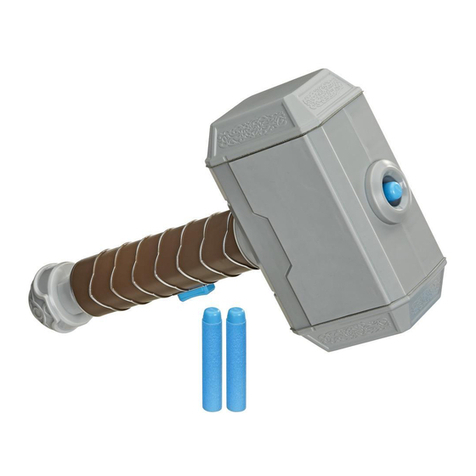
Hasbro
Hasbro NERF Power Moves Marvel Avengers Thor Hammer... quick start guide
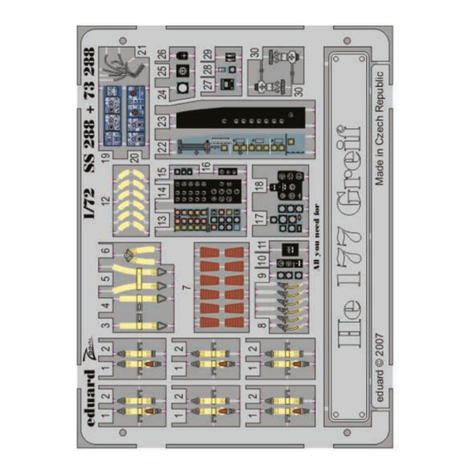
Eduard
Eduard He 177 Greif with HS 293 self adhesive quick start guide
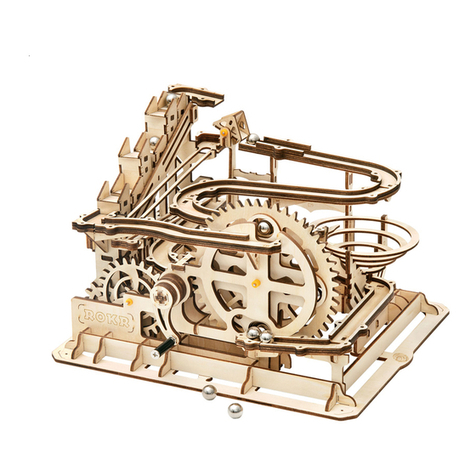
NATURE & DECOUVERTES
NATURE & DECOUVERTES 42002710 manual
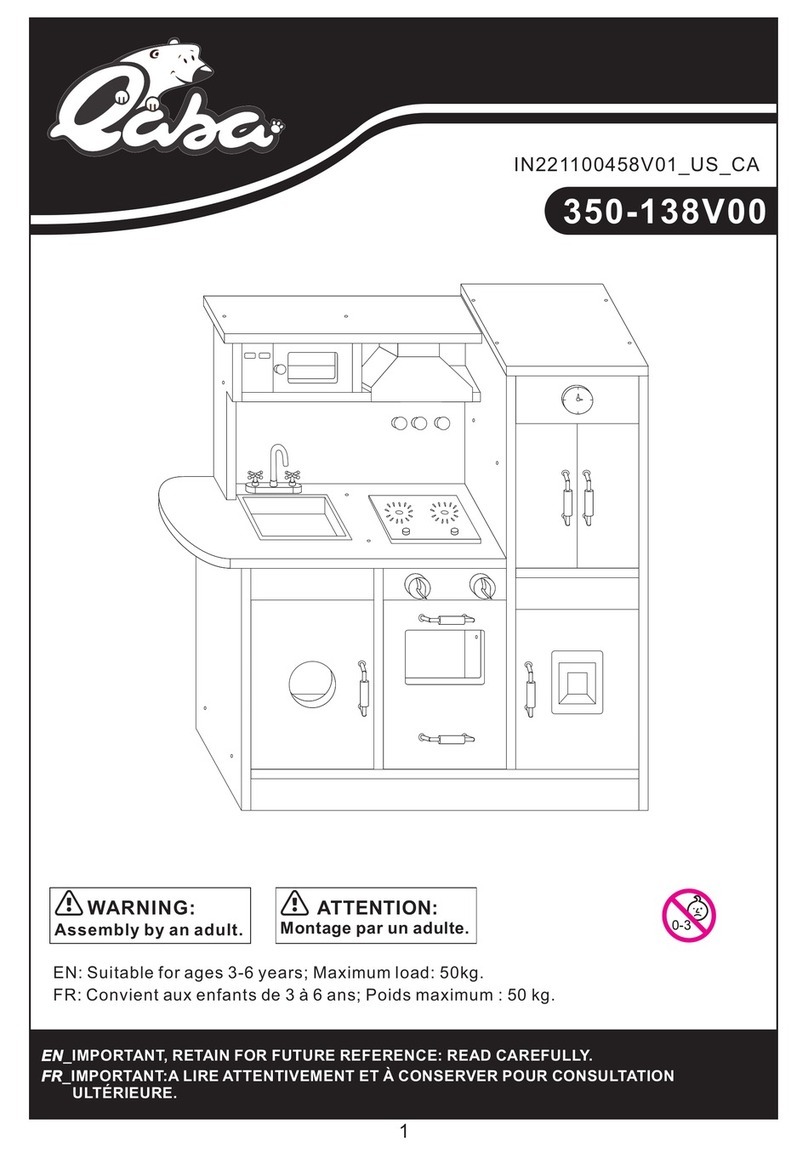
QABA
QABA 350-138V00 manual
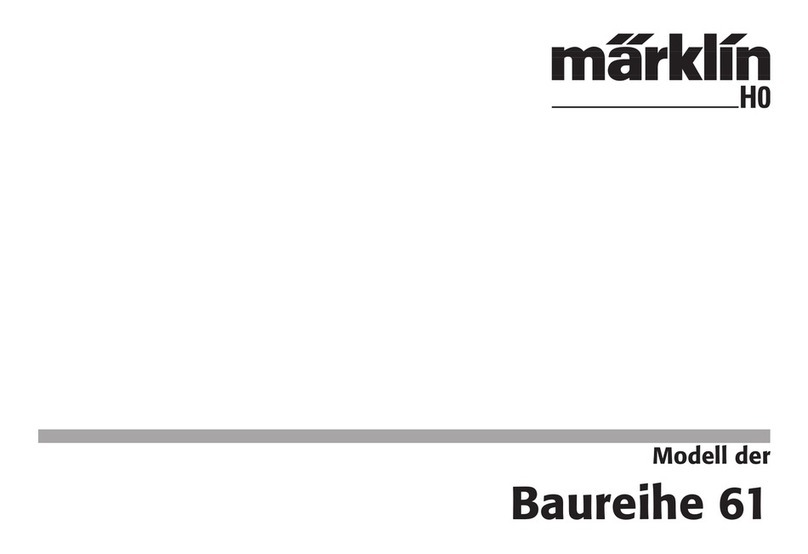
marklin
marklin Baureihe 61 user manual
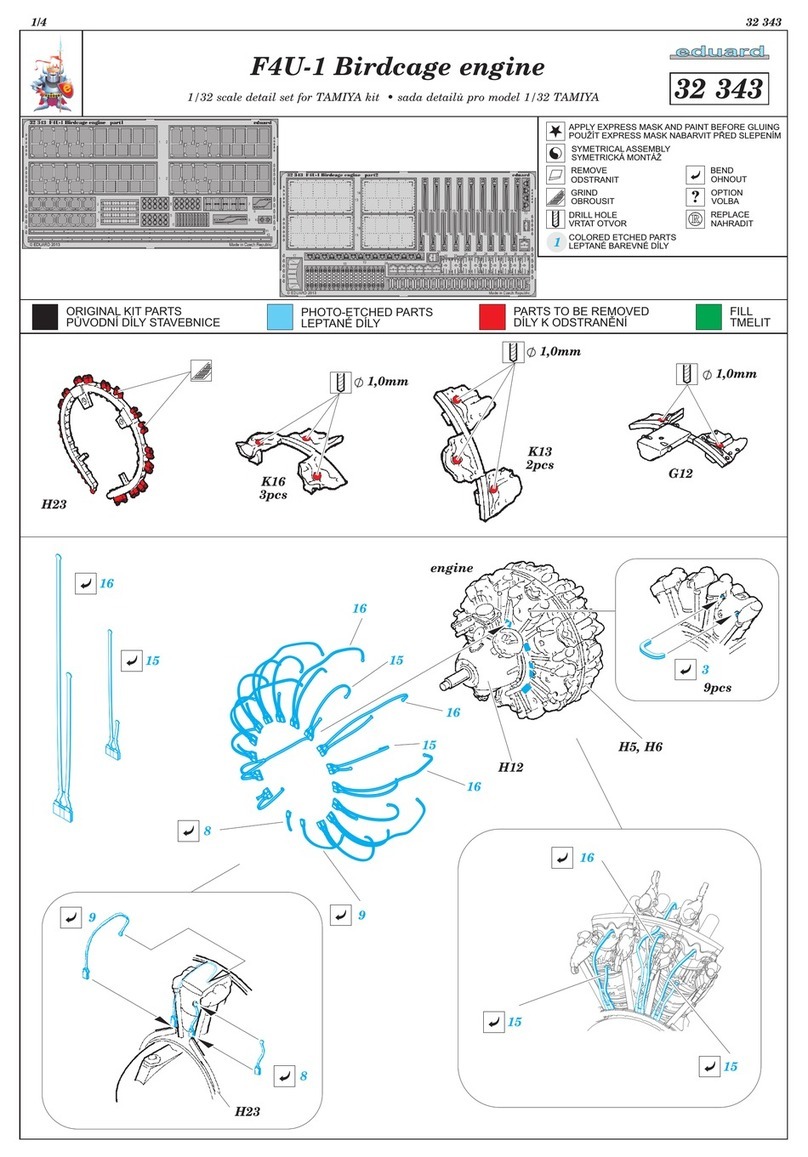
Eduard
Eduard F4U-1 quick start guide
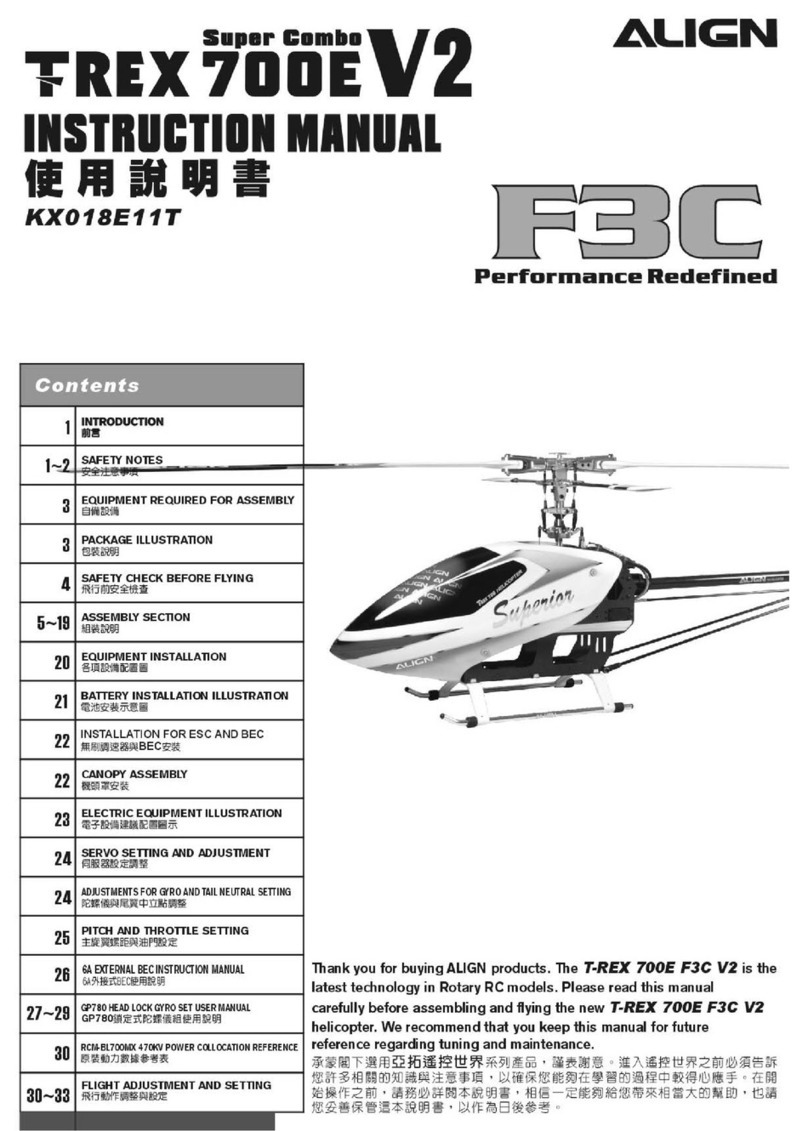
Align
Align T-REX 700E F3C V2 KX018E11T instruction manual
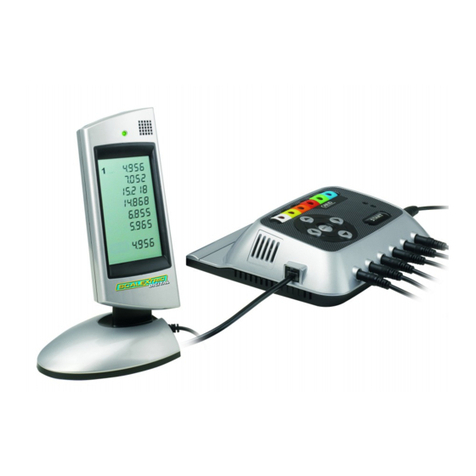
Scalextric digital
Scalextric digital ADVANCED 6 CAR POWERBASE instruction manual

RUSTA
RUSTA ARIES manual

Passione 3D
Passione 3D MB339 edf 90mm Mounting instruction

Seagull Models
Seagull Models SEA 94 Pilatus PC-9 Assembly manual
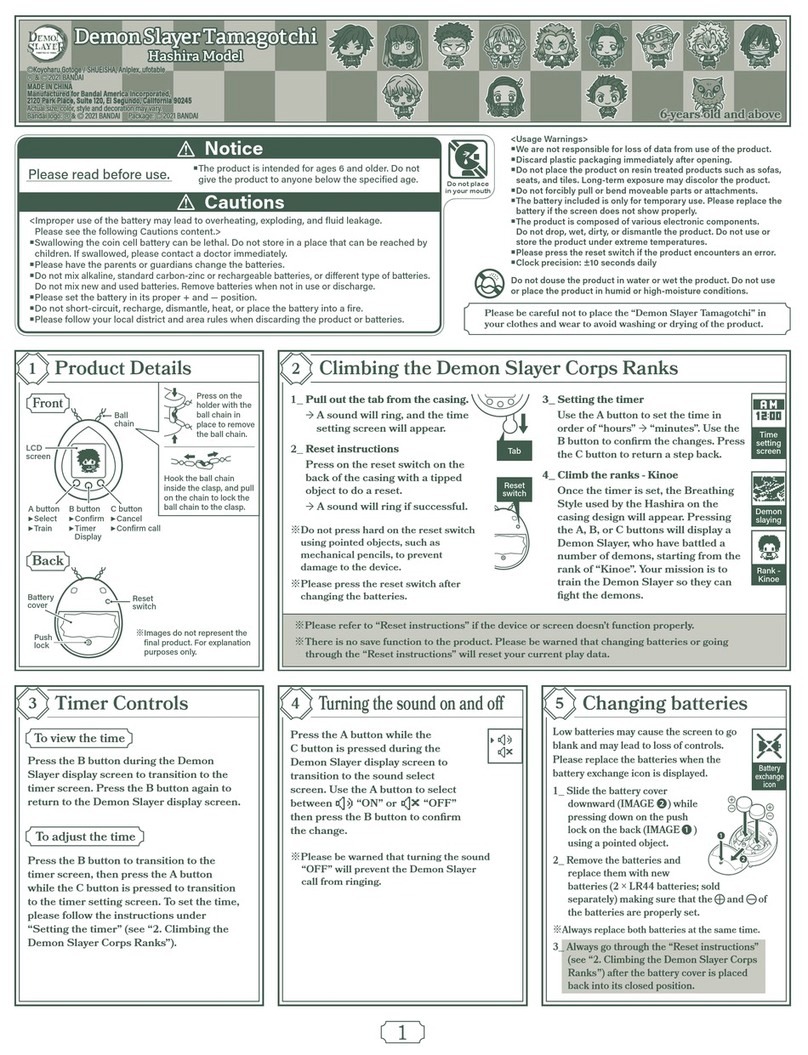
Bandai
Bandai Hashira Model quick start guide
